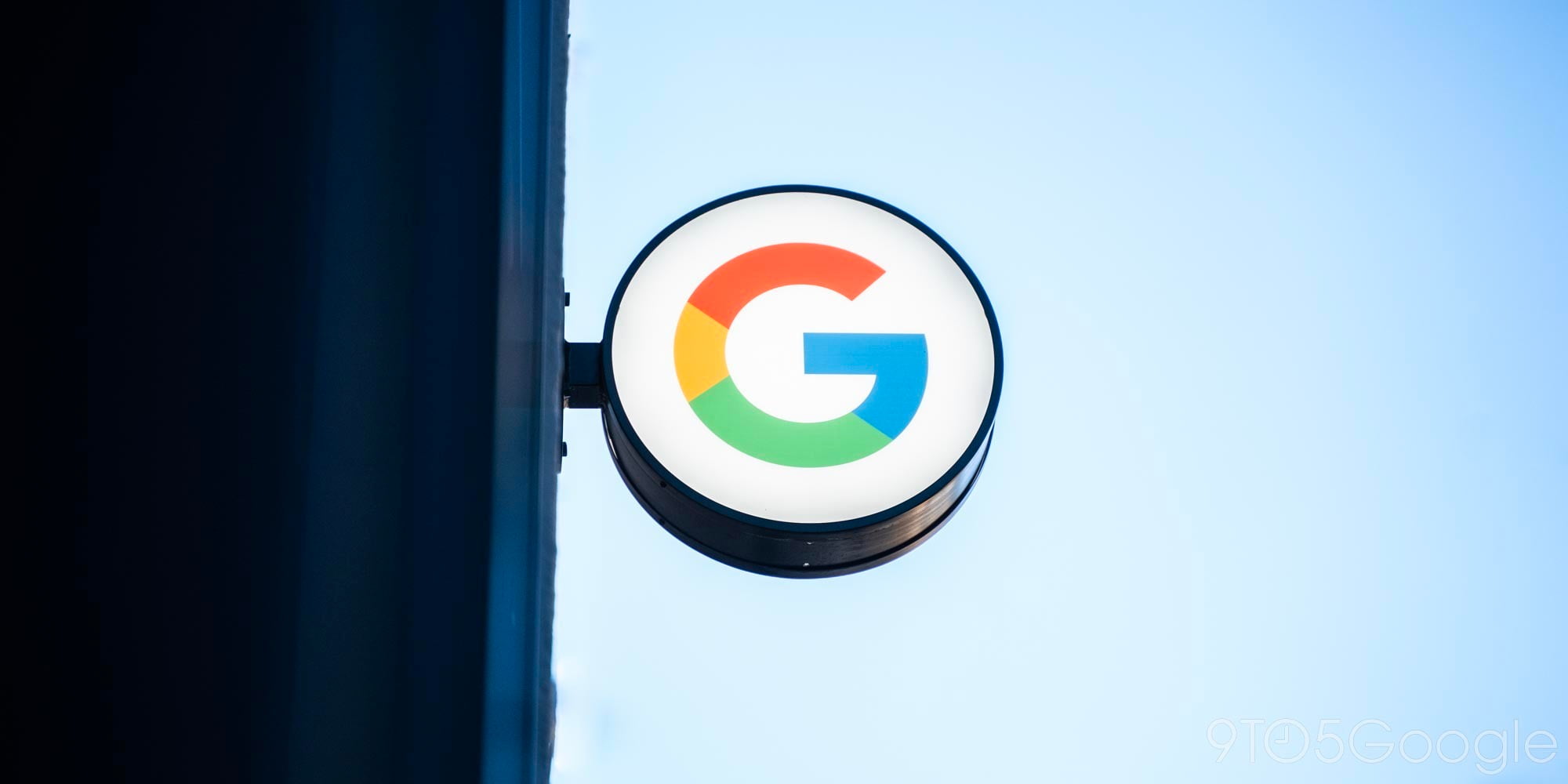
YouTube has been struggling with a lot of issues in the past several months, and most recently, its biggest issue has surrounded one of its biggest content creators — Logan Paul.
In response to that and dozens of other issues that have been coming up for years on the platform, YouTube has made some big changes. One of those changes that will have the farthest reaching effects are the new qualifications for channel monetization, and they’re just a huge slap in the face to up and coming creators. Let me explain.
In case you missed the news yesterday, YouTube has adjusted the requirements needed to be a part of the YouTube Partnership Program. In short, creators must now reach a total of 4,000 view hours per 12 months and have at least 1,000 subscribers in order to monetize their videos. And that’s on top of the 10,000 lifetime views requirement that was established a few months ago. For new channels, this is already in effect, and older channels will be reviewed starting in late February.
Google clearly states that this change will “impact a significant number of channels,” and I completely believe it. There are thousands and thousands of small creators out there, and I’d think it’s safe to say that a good majority of them don’t meet this new criteria. One of the creators I closely follow has already said that his second channel won’t be monetized anymore because of this (granted, he doesn’t use it that often).
If you’ll recall, YouTube had very strict requirements for monetization a few years ago. At the time, creators had to be manually approved to make money off their channels, so in a way, the requirements were far higher than the ones that have just been implemented.
So, what’s YouTube’s end game here? Obviously, these new guidelines aren’t going to have any effect on large creators such as Logan Paul. He far surpasses the qualifications for monetization, as do most YouTubers who have caused trouble or made headlines.
The only thing I see this change really fixing is that of the videos which were exploiting children. 9 times out of 10, those came from channels which were doing as little work as possible to get their accounts approved for monetization, and then uploading the harmful content. This was a big deal for YouTube, especially because of the increased focus the platform has put on kids in the past couple of years, so it makes sense to attack that head on.
However, demonetizing everyone just doesn’t seem like the right way to go. YouTube is a community, and while there are thousands of established creators out there, new ones are really the backbone of that massive group of creators. At least, they are to the viewers. Clearly, YouTube doesn’t care, as big creators are where the dollars come from, as evidenced by the refusal (or at least very slow action) to put up any blocks when crazy things happen.
Making a new YouTube channel isn’t easy when you’re trying to make original content, and I’m speaking from experience here. You have to have ways of shooting video, a way to edit videos, and in a lot of cases, products to actually make the content about. While starting off a channel won’t make a lot of money, YouTube even says most creators affected make less than $100 a year, the extra few dollars it can bring in actually helps a lot in getting the ball rolling.
Also, it’s important to note that a lot of these creators are ones that just barely meet the 13-year old age requirement, so $100 a year isn’t exactly nothing for them.
Of course, there are other ways to monetize a YouTube channel as well, and generally speaking, most of them work better than a simple ad. Patreon, Amazon Affiliate, and sponsored content are all great ways to generate income from videos on YouTube, but they only work at scale. Most sponsors have stricter requirements than YouTube itself, Patreon is nearly impossible to generate income on without a large, loyal following, and Amazon Affiliate only pays at scale.
The point is, none of these generate anything in terms of revenue right away. AdSense might not make much, and it might take a little while (in some cases just as long), but watching a video rack up even a few pennies is encouraging to a small creator who’s passionate about their channel.
By making a change like this across the board, YouTube is essentially saying it doesn’t care enough about small creators to work harder in filtering the content this change is trying to actually block. And the thing is, the community hasn’t ignored this by any means. Pull up Twitter and search for YouTube and you’ll find strong opinions like these:
Everyone: Please do something about the favoritism towards your biggest creators like Logan Paul
YouTube: Ok fine we’ll cancel his show …………. also now all creators under 1,000 subs don’t qualify for monetization or custom thumbnails HAVE A NICE DAY 👋
— Mykie (@GlamandGore) January 17, 2018
*Big youtuber uploads suicide forest video showing dead body hanging* doesn’t get channel partnership/monetization terminated
*Small friendly youtuber doesn’t have 1000+ subscribers or 4000 hours watched in 12 months* gets partnership program terminated for being small
YouTube
— Tina (@TINARAES) January 17, 2018
YouTube isn’t making this change to stop things like what happened with Logan Paul, as this doesn’t really affect him at all. This is a change YouTube is making to stop abuse of its platform. As an idea, that’s not a bad one by any means, it’s just the wrong implementation.
However, seeing how little YouTube has actually been listening to outcry from its audience in recent months, I doubt we’ll see anything changed here, and that potentially ruins YouTube for anyone who isn’t already a part of it.
Check out 9to5Google on YouTube for more news:
FTC: We use income earning auto affiliate links. More.


Comments